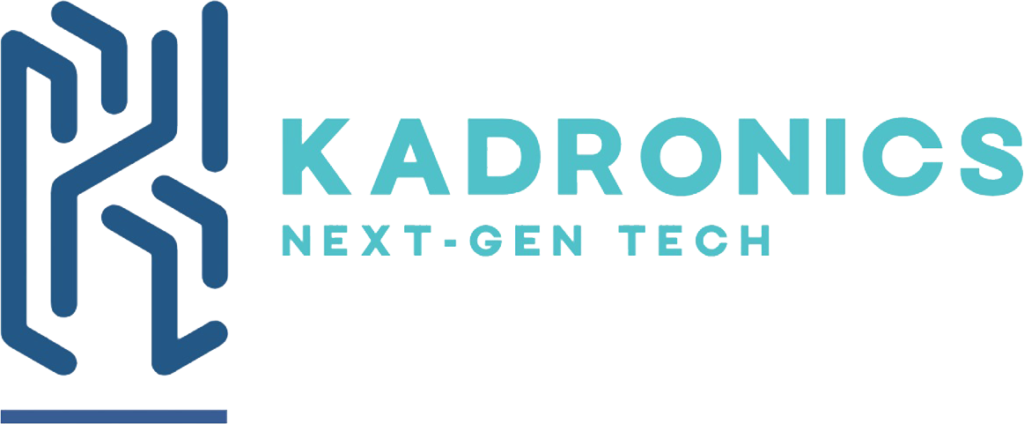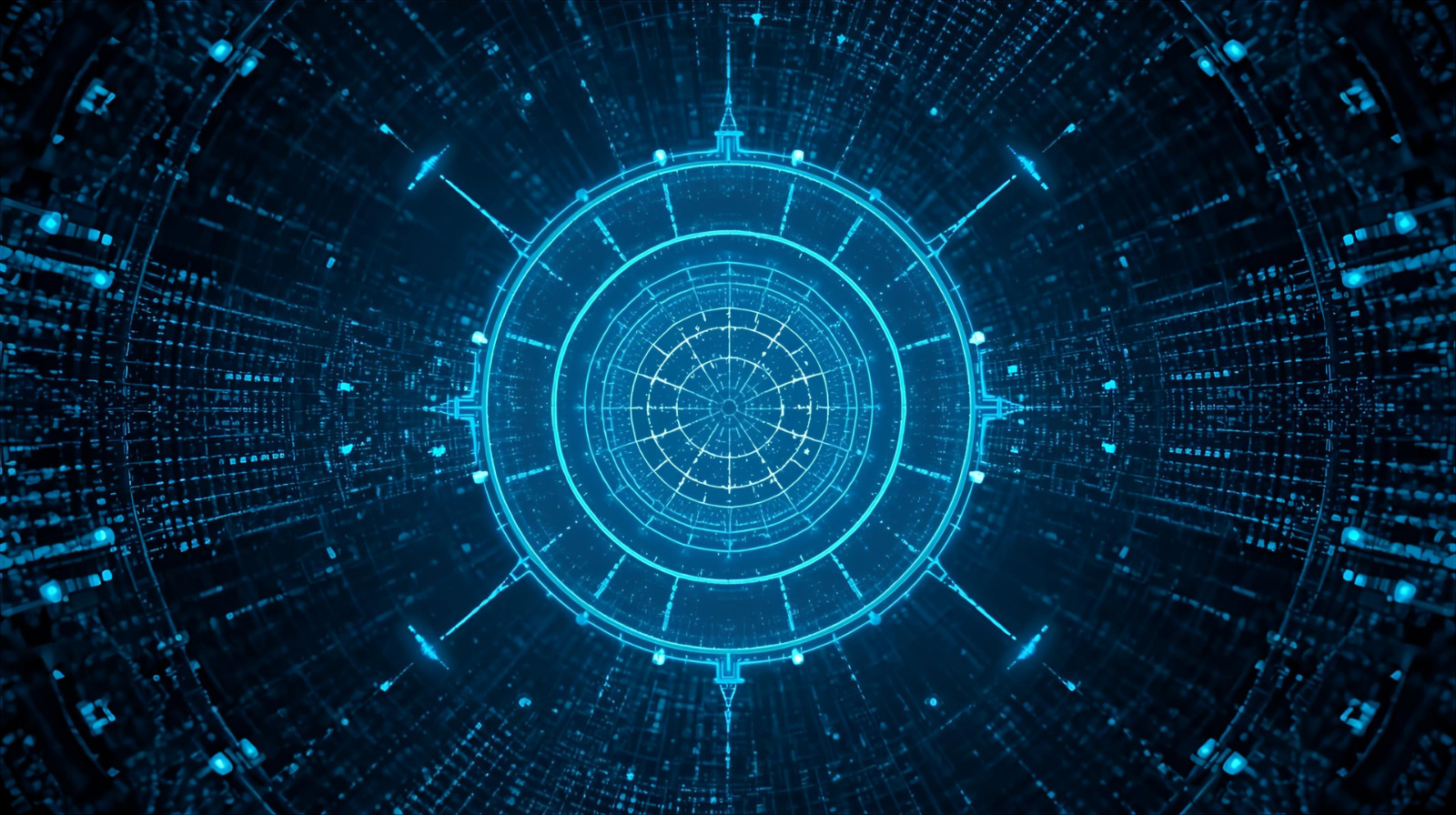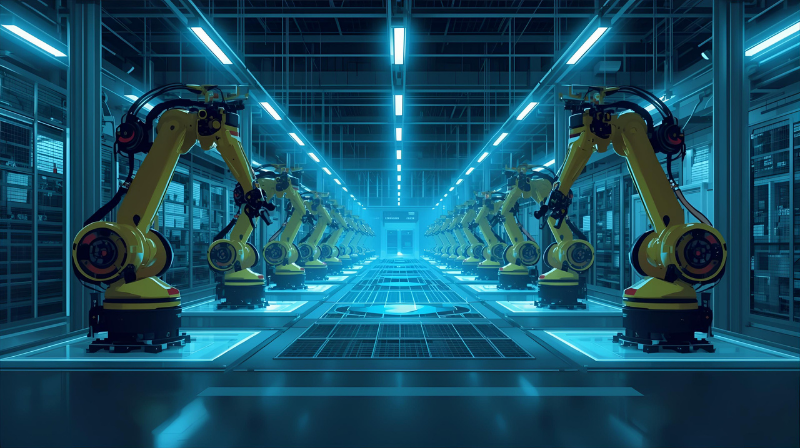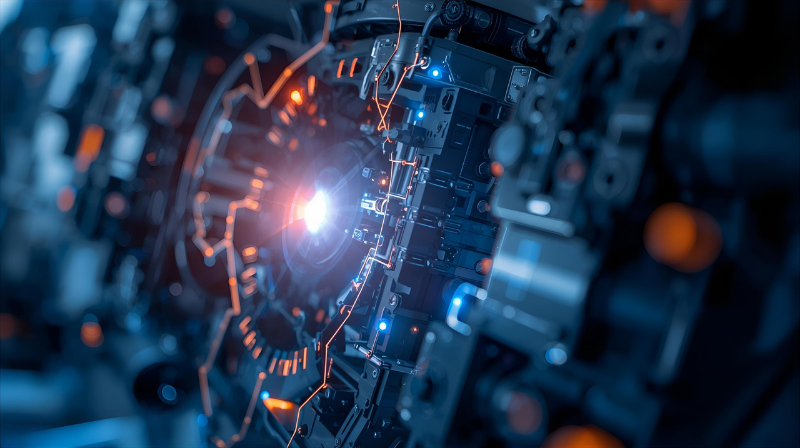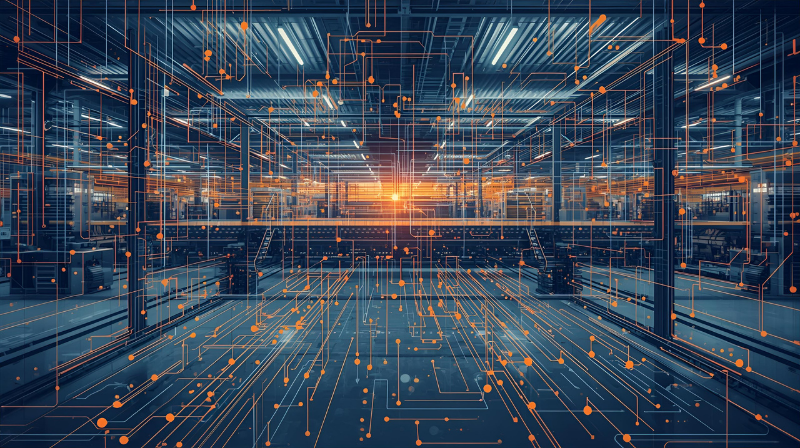Imagine having a perfect, virtual copy of a sprawling, multi-million-dollar wind farm running on your computer. This isn’t a static 3D model; it’s a living, breathing digital replica, fed by thousands of real-time data points from the physical world. Every gust of wind, every degree of temperature change, every subtle vibration in a gearbox—it all happens in the digital world at the exact same moment it happens in the real one. This is the revolutionary concept of the Digital Twin.
It is one of the most powerful solutions in the modern industrial playbook, a fusion of IoT, AI, and advanced simulation. For complex, high-value assets like those in the renewable energy sector, the Digital Twin is the ultimate “what if” machine, allowing operators to predict the future, optimize the present, and prevent failures with astonishing accuracy.
Beyond Simulation: A Living Model
A traditional simulation is a one-time event. You build a model, run a scenario, and get a result. A Digital Twin is a persistent, lifelong connection between the physical and the digital. It evolves in real-time as its physical counterpart ages, wears, and operates.
This is achieved by blanketing the physical asset—be it a wind turbine, a solar panel array, or a hydroelectric dam—with sensors. These sensors stream a constant firehose of data to the cloud, where the digital model lives. This data is then used to update the twin’s state, ensuring it is always a perfect, up-to-the-second mirror of reality.
The Crystal Ball for Renewable Energy
The benefits of this approach for the renewable energy sector are transformative. The industry is defined by variable conditions and the need for maximum uptime. A Digital Twin directly addresses these challenges.
- Predictive Maintenance on Steroids: A Digital Twin can spot problems weeks or even months before they happen. By analyzing real-time vibration and temperature data, an AI monitoring the twin can detect the subtle signature of a bearing that is beginning to wear out. Instead of waiting for a catastrophic failure, maintenance can be scheduled during a period of low wind, minimizing downtime and lost revenue. As detailed by major industry players like General Electric, this is a cornerstone of the modern, efficient power plant.
- Performance Optimization: The twin can be used to run risk-free simulations. What is the optimal blade angle to maximize output in tomorrow’s forecasted wind conditions? What’s the most efficient way to route power through the grid during peak demand? Operators can test dozens of strategies on the digital twin to find the perfect one before applying it to the real-world assets.
- Smarter Future Designs: The data collected by a digital twin over the life of an asset is an invaluable resource for engineers. By analyzing how real-world components performed under various stresses, they can design the next generation of turbines and solar panels to be more efficient, more durable, and more cost-effective.
Building the Digital Bridge
Creating a robust Digital Twin is a complex undertaking. It requires expertise in sensor technology, data science, and a deep understanding of the physical asset being modeled. It’s a process that combines custom hardware products with sophisticated R&D services to build the bridge between the physical and digital worlds.
But the investment pays for itself many times over. In an industry where efficiency is measured in fractions of a percent and downtime costs thousands per hour, the Digital Twin provides an unparalleled competitive edge. It’s more than just a model; it’s a window into the future of energy production, allowing us to build a smarter, more reliable, and more sustainable power grid.
